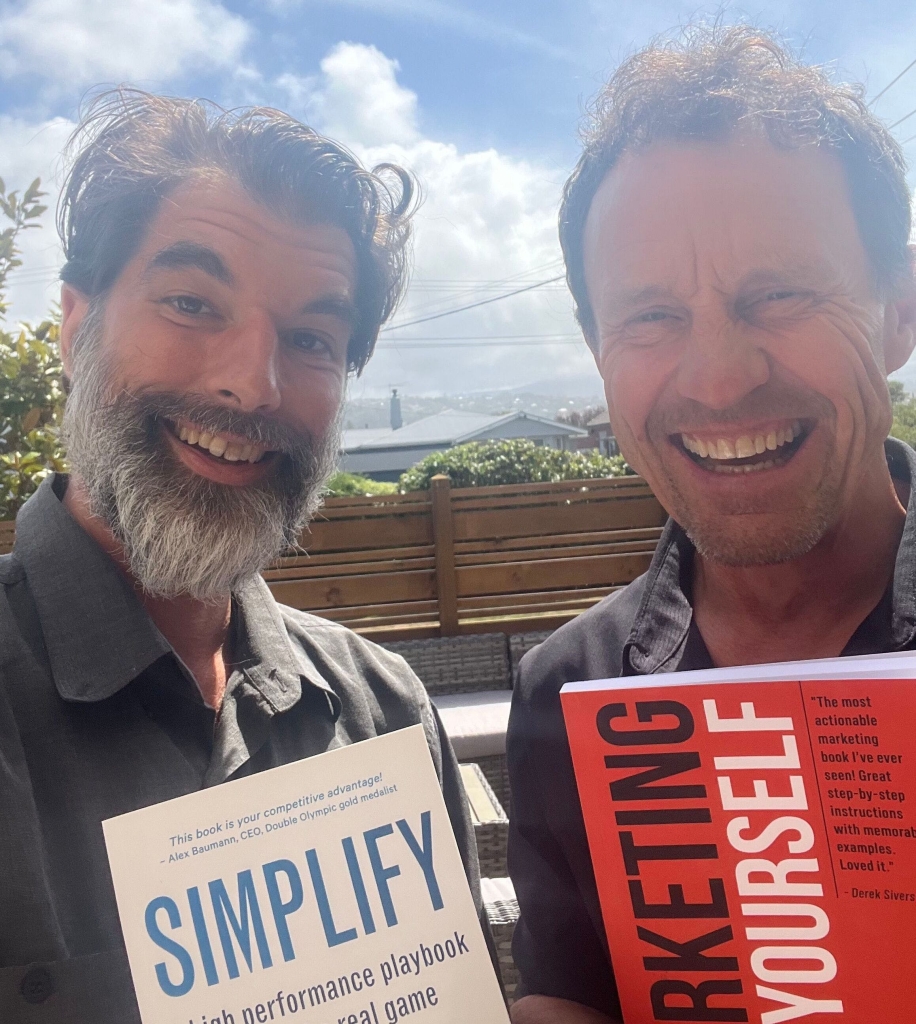While juggling three torches, I found myself carrying on a casual conversation with someone at the street fair.
I had to pause my flashy tricks – like the ones where I swipe down quickly to make a loud ‘WUFFF’ of noise, or spin a torch around the outside of my elbow – so I could chat about the quality of the street fair for a bit. I just held the 3-torch cascade, in a stable pattern. After our conversation, I stepped back, and refocused my attention onto my signature tricks.
I happen to be really good at multi-tasking – it’s one of the reasons I’m a talented juggler. But I think what makes me effective is that I’ve learned how to condense multi-tasking into uni-tasking

When you drive a car, are you multi-tasking?
There are lots of tiny little movements and actions that combine to pull a car out of a driveway, enter a highway, and merge into traffic. Are you doing each and every one of those actions individually? Or is there a larger umbrella activity known as ‘driving’ that can be counted as a focused, singular task?
If you know how to drive a car, I’m sure you remember the first few times you drove. It was likely stressful, and you were overwhelmed by the number of things you had to do simultaneously. Some actions you had to start doing before you were finished with other activities, and keeping all of these tiny actions in order felt like playing in a one-man band. Your feet had to do things while your hands did other things and your eyes did still more, all at the same time.
But over time, if you continued to drive, this combination of simultaneous movements became smoother. You stopped having to devote so much attention to each micro-task, and eventually, you became competent enough at driving a car – or riding a bike, or playing an instrument – that you could do it while carrying on a conversation, or multi-tasking with other complicated activities.
You can’t effectively multi-task while you are learning something new, but over time, you can merge the tasks you have mastered into a singular uni-task.
The Mighty-Task
Dr Richard Young, the author of Simplify: A High-Performance Playbook to Win the Real Game and a high performance coach to Olympic athletes, contrasts the difference between multi-tasking and mighty-tasking. When you focus on one single thing, he says, you can gain more effectiveness and efficiency than if you dilute your attention among multiple competing priorities.
There are times when I think Richard is correct, especially when you are learning something new. Learning how to type while petting a dog is not going to increase your word count. But after a level of mastery is acquired, you can type 60 words per minute with your hands and pet your dog with your foot without a loss in efficiency – but only after mastery is complete.

When I visited Richard this week, we traded books.
Instead of focusing on all of the different components of a complicated set of tasks, mastery allows you to use your subconscious mind to handle the little details. This allows you to reallocate your conscious mind to something else, simultaneously.
Subconscious Play
There’s a musician who performs under the name Steel Beans. I want to call Steel Beans a band, but it’s really just one man, strumming guitar, singing, and playing a full set of drums. (One man band.) He keeps a guitar pick and a drumstick in his right hand, and hits the snare drum and cymbals with the same hand that is striking the strings. It’s mesmerising to watch him play, because he has mastered playing three instruments simultaneously.
Many guitarists can sing at the same time as they play, but they usually don’t start that way. When you are learning to pick out the notes in a scale, or how to strum chords in a progression so it sounds smooth, adding in the lyrics will confuse you and increase the time it takes you to learn a song.
But that which you master you can ignore. If you focus on one aspect of your play, and master that one piece of it, then you can hand off the concentration of that task to your subconscious mind, and focus on the next aspect of your play.
Two Types of Mindsets
The subconscious mind is vast, compared to the conscious mind. Some people say that 90% of our brain is controlled by the subconscious mind, while only 10% is allocated for conscious use. The different types of memory are analogous to a computer, which has both RAM and ROM – Random Access Memory and Read-Only Memory.
Your conscious mind is like the RAM in your computer. RAM helps your computer process things faster, because it holds random things temporarily. If you have 32 GB of RAM then you can temporarily hold up to 32GB in your active attention before your thinking slows down.
ROM is the deep storage. Many computers have terabytes of storage, but the size of your hard drive does not increase your speed. Your subconscious mind has a vast trove of data that it stores for you, in case you need it in the future. Your subconscious ROM is filled with a lifetime of memories, available for retrieval in a moment, and also handles many of the mechanical operations of your body – beating your heart, responding to danger, and regulating your endocrine system.
Your conscious mind could not handle all of these critical tasks for daily survival, so the conscious and subconscious mind have evolved a sort of symbiosis between them. As you master a task, your conscious mind delegates the attention required to your subconscious mind, which is very adept at handling things without your conscious thought.
When a basketball player dribbles a ball, they don’t use very much of their conscious attention, once they have mastered the task. A child picking up a basketball for the very first time will need all of their conscious attention to catch the ball after every bounce, but a master will pay no attention to this task unless it is necessary.
Is playing a game multi-tasking or uni-tasking?
When you are learning a game, an instrument, or a song, it is filled with tiny tasks that need your complete attention. But after you have practiced how to play, you gain a level of mastery that allows you to hand off your attention.
“For humans, multitasking is an illusion. What we’re doing should be called multi-switching, and it has a terrible impact on our productivity, our creativity, and our ability to learn.” – Anne-Laure Le Cunff
Eating a sandwich and driving a car and having a sales conversation will make you less effective at all three, because they are different games. But if you can find a unifying umbrella – the over-game that contains all of the activities you are combining – and master that game, then you unlock the ability to add more tasks simultaneously, and get more done.
My morning routine is filled with overlapping games. I listen to a meditation while standing on a vibration plate and bathing my naked torso in infrared and ultraviolet from a light therapy device. All three of these activities were once individual aspects of my morning routine, until I combined them together. Now, I can accomplish 30 minutes of healing therapy in 10 minutes, because I have combined all three of these separate tasks into one uni-task, a mighty-task.
After this first ten minutes of my morning routine, I used to spend five minutes doing breathing exercises, and five minutes stretching on the mat, separately. But then I combined these two activities into Sun Salutations – a series of yoga poses that alternate inhaling and exhaling. Now I get the benefit of stretching and breathing, by doing them both at the same time.
Is my morning routine less efficient, because I am multi-tasking? Or is it more efficient, because I am mighty-tasking?
After experimenting with my own attention and effectiveness, I have learned that we can multi-task when our attention is honored. Combining multiple activities under a single umbrella gives us the ability to play a more complicated game.





Leave A Comment